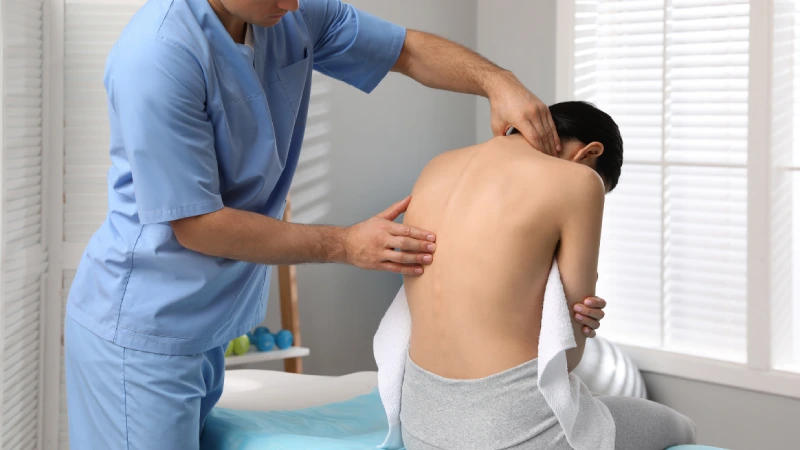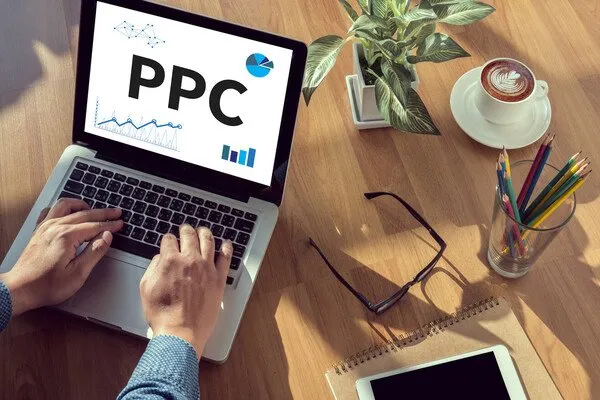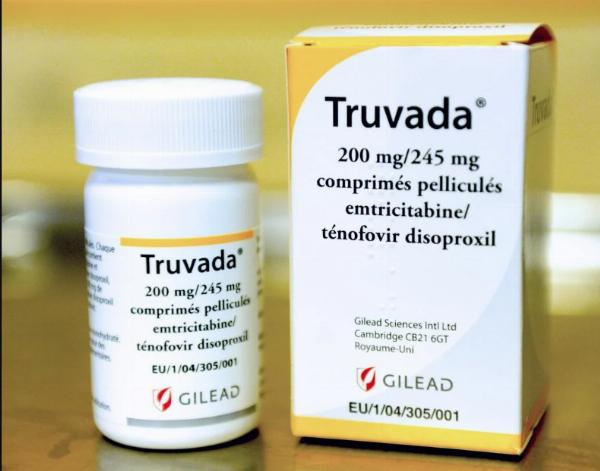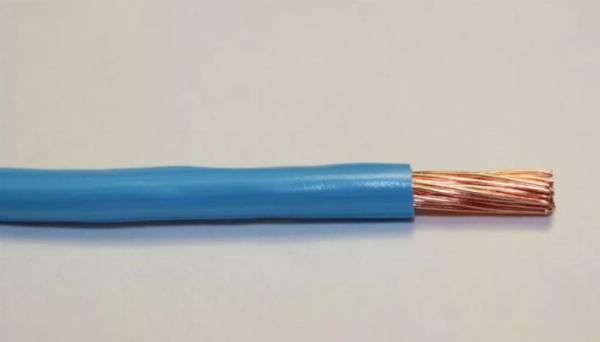Scoliosis: Causes, Symptoms, Diagnosis, and Modern Treatment Options

Spinal health plays a critical role in our overall well-being, influencing everything from posture and mobility to breathing and nerve function. Among the many spinal conditions that affect millions worldwide, scoliosis is one of the most common yet often misunderstood. Whether you or a loved one has recently been diagnosed, or you're trying to understand your symptoms, getting informed is the first step toward effective care and relief.
In this comprehensive guide, we explore everything you need to know about scoliosis—its causes, types, symptoms, diagnosis methods, and a full range of treatment options, from physical therapy to surgical intervention. Understanding scoliosis today can help you take action for a healthier tomorrow.
Scoliosis
Scoliosis is a spinal condition characterized by an abnormal lateral (side-to-side) curvature of the spine. Instead of a straight line down the back, a person with scoliosis has a spine that curves in an "S" or "C" shape. This curvature can occur at any part of the spine—cervical (neck), thoracic (mid-back), or lumbar (lower back)—and it may range from mild to severe.
The condition most commonly develops in children and adolescents during the growth spurt before puberty, but it can also affect adults due to degenerative changes or injury. The key to managing scoliosis lies in early detection and personalized treatment, depending on the severity of the curve and its underlying cause.
What Causes Scoliosis?
Scoliosis can result from a variety of causes, though in many cases, the exact reason remains unknown. The condition is typically categorized by type:
Idiopathic Scoliosis – The most common form, especially in adolescents, with no identifiable cause.
Congenital Scoliosis – Present at birth due to malformed spinal bones.
Neuromuscular Scoliosis – Arises from neurological or muscular conditions like cerebral palsy or muscular dystrophy.
Degenerative Scoliosis – Occurs in adults due to spinal degeneration from aging or arthritis.
Traumatic Scoliosis – Caused by spinal injury, surgery, or other trauma.
Knowing the type of scoliosis is crucial in determining the right treatment path, as each presents unique challenges.
Symptoms of Scoliosis
Symptoms of scoliosis can vary significantly depending on the type and severity of the curve. Common signs include:
Uneven shoulders or hips
One shoulder blade sticking out more than the other
A visible curve in the spine
Clothes that hang unevenly
Back pain, especially in adult-onset scoliosis
Limited range of motion or stiffness
In severe cases, scoliosis may lead to respiratory or cardiovascular issues if the curve compresses internal organs. Early screening is essential, particularly for children, as treatment is most effective when started before the curve progresses.
Diagnosing Scoliosis
To confirm scoliosis, a physician will begin with a physical exam and may perform a test called the Adam’s Forward Bend Test, where the patient bends forward to reveal asymmetries in the spine or ribs. Diagnostic imaging is crucial and may include:
X-rays – Used to measure the Cobb angle, which quantifies the degree of curvature.
MRI or CT Scans – Employed if spinal cord abnormalities or underlying conditions are suspected.
Once the curvature and cause are identified, the doctor can classify the condition as mild, moderate, or severe, helping determine whether observation, bracing, or surgery is required.
Treatment Options for Scoliosis
The treatment of scoliosis depends on the severity of the curve, the patient’s age, and the type of scoliosis diagnosed. The main goals are to stop curve progression, relieve symptoms, and improve posture and function.
1. Observation
For curves under 20 degrees with no symptoms, regular check-ups every 4–6 months may be all that’s needed, especially in children who are still growing.
2. Bracing
Used in growing children and teens with moderate curves (typically 20–40 degrees), bracing can prevent further curvature. Popular types include:
Boston Brace
Milwaukee Brace
Nighttime Braces (e.g., Charleston Bending Brace)
Bracing doesn't reverse scoliosis but can significantly slow progression during growth.
3. Physical Therapy
Scoliosis-specific physical therapy (SSPT) can improve muscular balance, posture, and spinal alignment. Exercises such as the Schroth Method are designed to:
Strengthen weak muscles
Lengthen tight muscles
Correct asymmetrical postures
Physical therapy is also crucial post-surgery or alongside bracing to optimize results.
4. Surgical Intervention
Surgery is recommended for severe scoliosis curves over 45–50 degrees or if the curvature significantly impacts daily function. Common procedures include:
Spinal Fusion – Stabilizes the spine by fusing vertebrae using rods and screws.
Growing Rods or Magnetic Expansion Control (MAGEC) Rods – Used in young children to allow continued growth.
Vertebral Body Tethering – A less invasive, motion-preserving surgery in select cases.
Surgical outcomes are generally positive, with significant correction and improved quality of life.
Living with Scoliosis
For many, scoliosis is a lifelong condition, but with the right care and awareness, individuals can lead active, pain-free lives. Here are a few lifestyle tips:
Stay Active: Low-impact exercises like swimming, yoga, and walking help maintain flexibility and strength.
Postural Awareness: Being mindful of posture during daily tasks can reduce strain.
Pain Management: Massage therapy, chiropractic care, and over-the-counter pain relief may help with symptoms.
Support Groups and Counseling: Especially valuable for teens coping with body image issues or social challenges related to bracing.
Education and self-advocacy are key. Whether you’re newly diagnosed or managing scoliosis for years, staying informed empowers you to make better health decisions.
Adult-Onset Scoliosis
Adult-onset scoliosis typically stems from degenerative changes in the spine, also called degenerative scoliosis. It’s more common in adults over 50 and may cause:
Lower back pain
Nerve compression symptoms (numbness, tingling, sciatica)
Postural changes or fatigue
While bracing is less effective in adults, physical therapy, pain management, and in some cases surgery (like decompression or fusion) can relieve symptoms. Regular monitoring is important, as curvature can progress with age and impact mobility.
Scoliosis Keyword Recap
Scoliosis is more than just a curved spine—it's a complex condition that can affect people physically and emotionally at any age. From children diagnosed during school screenings to older adults experiencing spinal degeneration, scoliosis requires a personalized approach. Whether you're exploring conservative treatments like physical therapy or considering surgical options, early detection and an informed plan are essential for long-term success.
Understanding scoliosis empowers patients and families to navigate this condition with confidence and clarity.
Conclusion
Scoliosis may be a lifelong diagnosis, but it doesn’t have to define your life. With early detection, proper treatment, and a proactive approach, most individuals can manage their condition effectively and maintain a high quality of life. From adolescents wearing braces to older adults exploring surgery, scoliosis treatment has advanced significantly in recent years, offering hope and healing to millions.
If you suspect scoliosis in yourself or your child, don’t delay. Seek evaluation from a qualified orthopedic specialist or spine physician. The sooner you act, the more options you’ll have to control the curvature and live a healthier, straighter, and more confident life.
Note: IndiBlogHub features both user-submitted and editorial content. We do not verify third-party contributions. Read our Disclaimer and Privacy Policyfor details.







